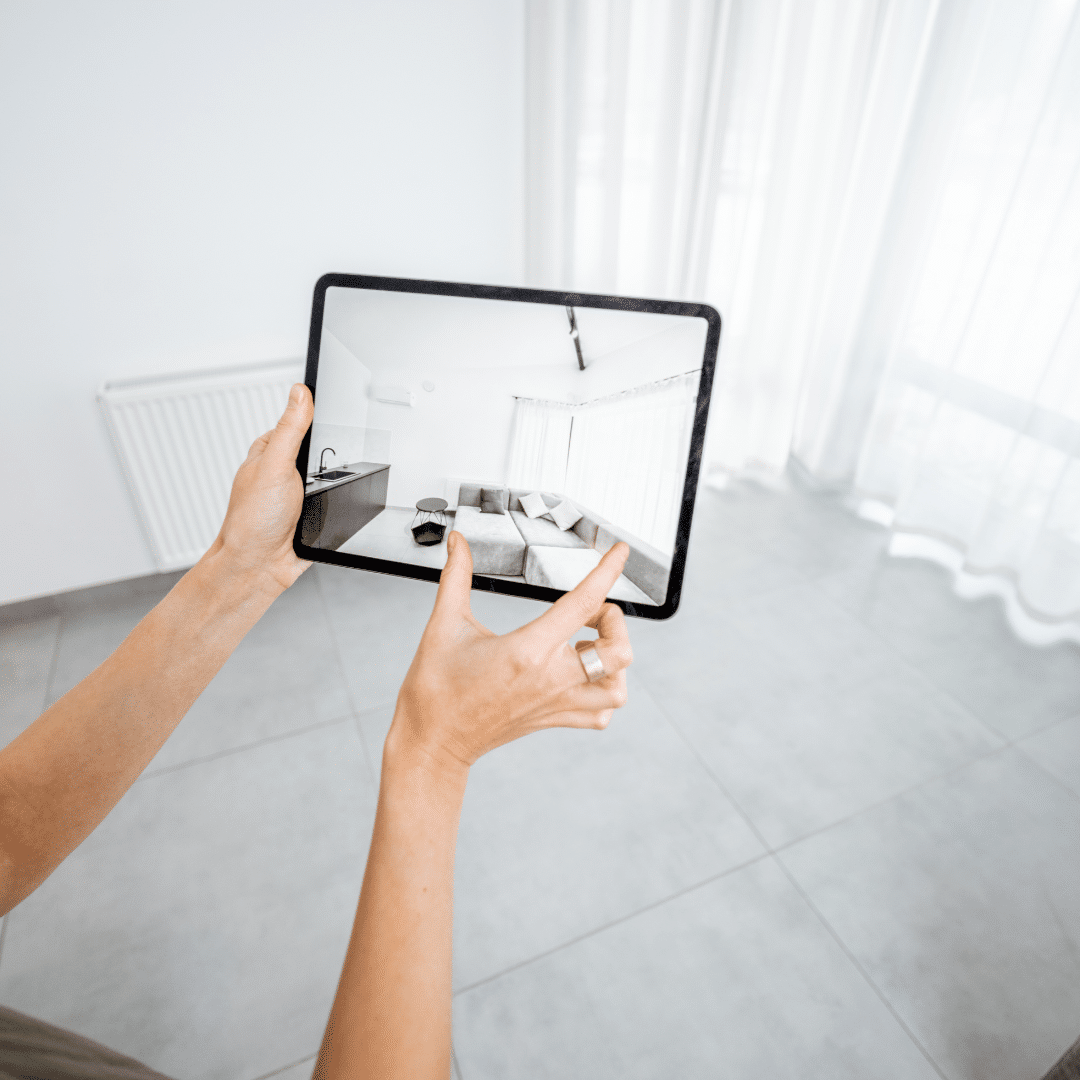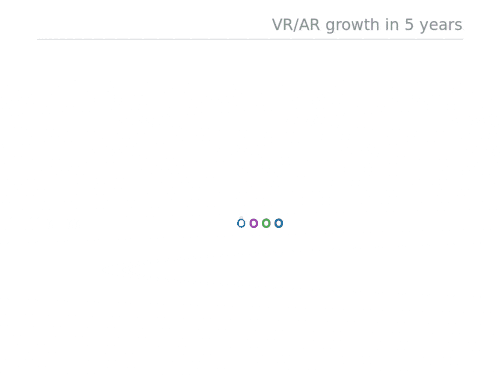Augmented reality in Ecommerce is about to take off. Users already fall short of the image and product description and they need to see it on site or try it on to decide to buy. Furthermore, the evolution of mobiles already allows an app development with augmented reality, state-of-the-art of emerging technologies and a trend in the mobile marketing we can not ignore.
News about e-commerce apps development
And if I still have not convinced you, look at these movements during the last month of the smartest in the class and keep them in mind for your Ecommerce app development:
- Apple buys the virtual reality company NextVR: this shows the importance that Apple gives to this technology and that soon we will see it applied to some of its products.
- The news also published about Alibaba preparing a platform that includes augmented reality focused on young users who make luxury purchases.
- The company that created the revolutionary virtual reality glasses, Magic Leap, gets 350 million in a new round of financing. In 2014, Google already led the first financing with $ 542 million.
Therefore, do not be surprised that in these coming years the race to be leaders in a technology that unites the real and digital world begins, something that has proven more necessary than ever in light of recent events. Remember that a few years ago there was another career in retail, some arrived on time for online sales and others lagged behind.
Use cases of augmented reality in app development
Desarrollo de app de probador virtual
Knowing how your jeans will look is one of the biggest challenges that augmented reality can face, there is no doubt about that. If the development of the app with RA dispels doubts between two sizes, it will not only make the customer happier but also the shipping and return costs will be reduced. Solutions to feel the touch of the object are already been testing.
Virtual mirror app development
Cosmetics products were among the first that wanted to break that barrier that prevented consumers from knowing how that makeup or that lipstick would look on them. For this reason, they launched the creation of preview applications for cosmetic products. In the example, Modiface technology, is used well-known beauty brands to enhance the e-commerce shopping experience.
Space decoration app development
It’s been 7 years since IKEA, leading its sector, created its augmented reality app that allows you to imagine how some of the furniture in your catalog would fit in a space. It is a great way to see if the dimensions fit and what their effect is depending on the finishes.
The mobile application only needs access to the camera to capture the space and voila, all doubts as to whether the piece of furniture fits in the intended space disappear.
Virtual shopping app development
In this case virtual reality (the one with the glasses) is used, and not augmented reality, to create a real shopping experience. And it could not be other than the Asian giant Alibaba who carried out this challenge. It immerses you in a 360-degree shopping experience, even recreating the areas adjacent to the store as if you were taking a walk upon reaching it as it would be in the real world.
Benefits of augmented reality in an app development with ecommerce
Reduce returns
If I confirm from the living room of my house that the furniture not only fits by measures in the space that I had looked for it but also remains harmonious, if I am clear about the size of the shirt or the tone of the makeup it is obvious that the returns will be drastically reduced. In addition, the purchase of duplicate sizes to try at home is avoided, which necessarily leads to at least the return of a purchase item.
Increased time in the app
The tests carried out show that the consumer is willing to spend much more time in the store while interacting with objects in augmented reality in Ecommerce. The visit becomes an experience and the client feels comfortable trying the options that are shown to him.
Eliminate doubts
Consumers assure that the decision time is reduced because the development of the app with augmented reality allows you to choose between all the possible options so that the customer makes the decision with more conviction, thus avoiding abandonment of shopping carts.
Consumer perception of an Ecommerce with augmented reality
Turn the shopping experience into something social
Being able to consult with your friends and family if the garment you are about to choose suits you, uploading a video with it to your favorite social network will turn your living room into a crowded fitting room but it will make the shopping experience more social in your home than in the offline store.
Feeling of belonging
The client interacts with the 3D object, something that doesn´t happen with the images in Ecommerce, so it is logical that he feels a sense of belonging to the article that has already been tested.
Create a sense of engagement with the brand
As the visit becomes an experience, you enter the world that makes the brand available to you and creates an impossible link to scroll through a series of images or videos. On the other hand, the customer will not be disappointed when receiving the item because it does not match their expectations.
“Retail investment in augmented and virtual reality
will increase 320* % from 2020 to 2025“. *according to Statista
The future of Ecommerce is virtual
Once the videos had started to impose as the preferred mode to show the garments in the Ecommerce, now it seems that the due date is coming to them because augmented reality is taking giant steps as the technology that leads the brand experience in online stores.
Well-known companies like Amazon and Ikea already use augmented reality, although the rest of the market follows several steps behind. Right now there is a great opportunity for these small and medium-sized companies to stand out in their sectors thanks to virtual reality because the environment is not yet very competitive.
Shopify for example already allows retailers to incorporate AR into their products thanks to 3D modeling. This facilitates the integration of augmented reality in many businesses, but not all Ecommerce platforms allow this in apps, so the development of apps that incorporate augmented reality is already something to be seriously considered by retailers because the numbers of the mobile market in 2019 don’t lie.
To facilitate the work of developers, Google and Apple have devoted much attention to augmented reality in recent years. Google presented in 2017 ARCore, its response to the demand for APIs that allow us to use the phone to analyze the environment around us. Apple, the same year, promises unrivaled augmented reality experiences thanks to in-house frameworks such as ARKit (which is already in version 3.5) and RealityKit and other creative tools called Reality Composer and Reality Converter.
Thanks to these advances, our mobiles can better interpret objects to replicate them in the virtual world, enabling augmented reality to be the future of shopping.
To sum up
Buyers who buy through mobile applications (53% of Spaniards according to the latest iab Spain´s study), will expect to be able to test their products before taking them home and the only way to do this is through AR/ VR. Therefore, the development of ecommerce apps in the coming years will pivot on augmented reality. Through IT Consulting we can define the roadmap of your app using augmented reality.






